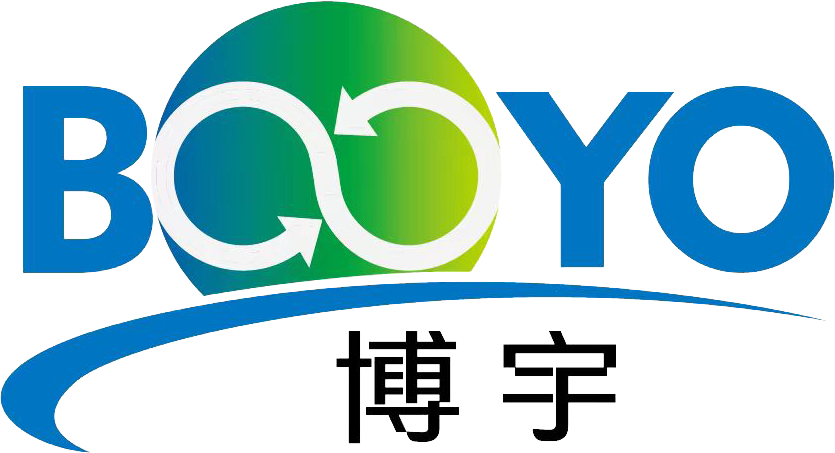
Our News
Find out about our latest news here.
Latest News
- ▶ Causes and Prevention of Tube Ruptures in CDQ Boilers
- ▶ Analysis of CDQ Boiler Tube Rupture and Prevention Measures
- ▶ Large-Scale Spiral Plate Heat Exchanger – 450㎡ Heat Exchange Area, 4m Diameter High-Efficiency Heat Transfer Solution
- ▶ Rich Oil Heater (Oil Rich in Aromatic Hydrocarbons)
- ▶ Power Plant Boiler Heat Recovery System Price Overview
- ▶ The Relationship Between U-Tube and Shell-and-Tube Heat Exchangers
Message
1. Major Causes of CDQ Boiler Tube Ruptures
1.1 High-Temperature and High-Pressure Environment Leading to Material Damage
The first-stage boiler directly absorbs the intense heat released by red-hot coke, with operating temperatures exceeding 1000°C (1832°F). The second-stage boiler operates at a lower temperature but is still exposed to significant thermal stress. Prolonged exposure can cause:
Thermal Fatigue: Repeated expansion and contraction of boiler tubes lead to cracks, eventually resulting in tube rupture.
Creep and Deformation: At high temperatures, metal strength decreases, leading to bulging, deformation, or even rupture of the tubes.
1.2 Improper Furnace Atmosphere Control Leading to Explosions
CDQ boilers rely on inert gas (nitrogen or steam) to maintain a low-oxygen environment and prevent coke combustion. If oxygen leakage or poor furnace sealing occurs, it may result in:
Increased Oxygen Concentration: When mixed with combustible gases (such as CO), this can create an explosive atmosphere.
Flash Combustion: If ignition sources or excessive heat appear in the high-temperature environment, explosions or furnace ruptures can occur.
1.3 Accumulation of Coke Dust and Ash Causing Local Overheating
Coke dust and ash tend to accumulate on the boiler tube walls, forming deposits that increase thermal resistance and cause localized overheating, ultimately leading to tube failure.
Deposited coke and ash can ignite and cause thermal explosions, further increasing the risk of tube ruptures.
1.4 Chain Reactions Triggered by Tube Ruptures
When tubes in the first or second-stage boiler rupture due to overheating or material aging, high-temperature and high-pressure steam may impact surrounding tubes, causing secondary failures.
Tube ruptures can disrupt the internal gas balance, potentially compromising the inert gas atmosphere and increasing the risk of a larger explosion.
1.5 Operational Errors and Thermal Stress Shock from Emergency Shutdowns
Rapid temperature changes during startup or shutdown can create excessive thermal stress, leading to cracks and increasing the likelihood of tube failure.
Improper emergency shutdown procedures may cause abrupt cooling, leading to severe thermal stress and damage to the tubes.
2. Prevention Measures for CDQ Boiler Tube Ruptures
2.1 Enhancing Boiler Materials and Structural Optimization
Use heat-resistant steel (e.g., T91, T22) or nickel-based alloys in high-temperature areas to improve thermal and corrosion resistance.
Conduct regular non-destructive testing (NDT), including ultrasonic (UT) and radiographic (RT) inspections, to detect early signs of tube cracking or wall thinning.
2.2 Maintaining Stable Furnace Atmosphere to Prevent Explosions
Ensure tight furnace sealing by inspecting doors, valves, and pipe connections regularly to prevent oxygen leakage.

Monitor oxygen levels in real-time to ensure O₂ concentration remains below 0.5%, preventing the formation of explosive gas mixtures.
2.3 Preventing Coke Dust Accumulation and Optimizing Heat Transfer Efficiency
Implement routine soot-blowing procedures to prevent excessive coke and ash buildup on heat transfer surfaces.
Improve flow field design to ensure even gas distribution, reducing localized overheating risks.
2.4 Standardizing Operational Procedures to Reduce Thermal Stress
Ensure gradual heating and cooling during startup and shutdown to avoid thermal stress-induced failures.
Optimize emergency shutdown protocols to maintain controlled furnace temperature reductions and prevent structural damage.
2.5 Implementing Intelligent Monitoring Systems for Early Warning
Install real-time temperature and pressure monitoring systems to detect abnormal conditions before failures occur.
Conduct regular emergency response drills to enhance operator readiness and minimize human errors.
3. Conclusion
CDQ boilers' first and second-stage units are susceptible to tube ruptures due to prolonged exposure to extreme conditions. By optimizing material selection, maintaining proper furnace atmosphere, reducing coke dust accumulation, and refining operational procedures, the risk of tube ruptures can be significantly minimized, ensuring safe and stable CDQ boiler operation.
If you need professional solutions for optimizing or upgrading your CDQ system, feel free to contact us. We provide advanced heat exchange equipment solutions to enhance boiler safety and efficiency!
PROFESSIONAL CONSULTATION
If you are interested in our products and want to know more details, please leave a message here, we will reply you as soon as we can.